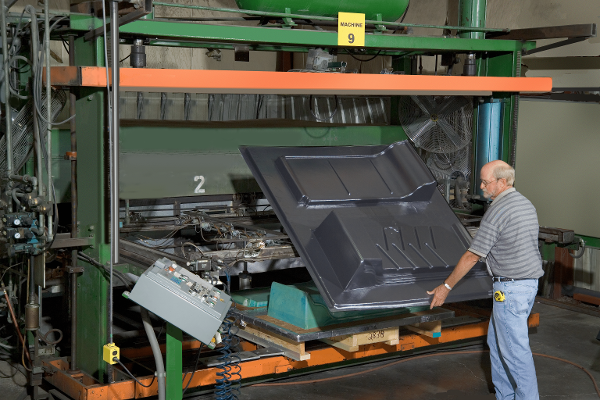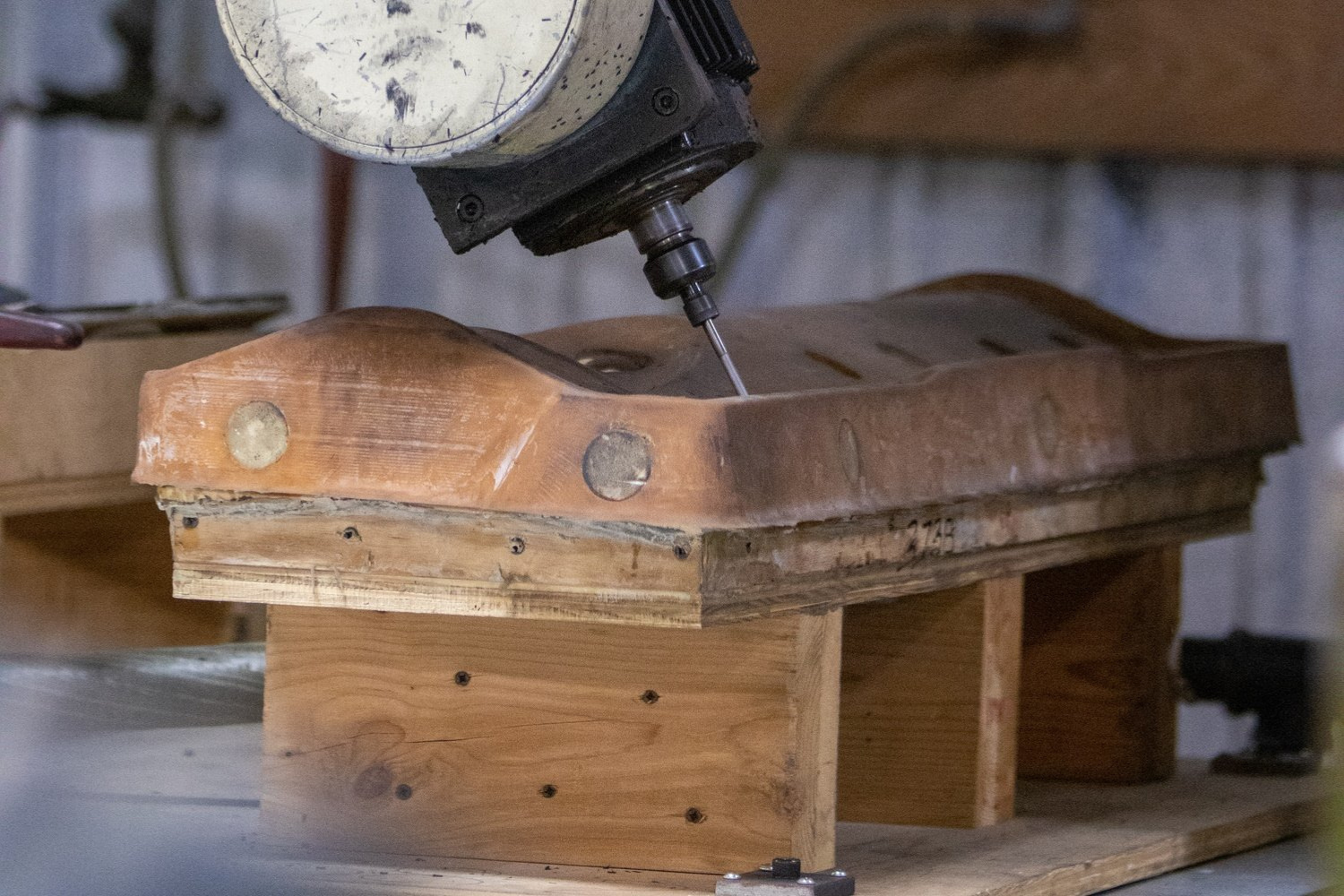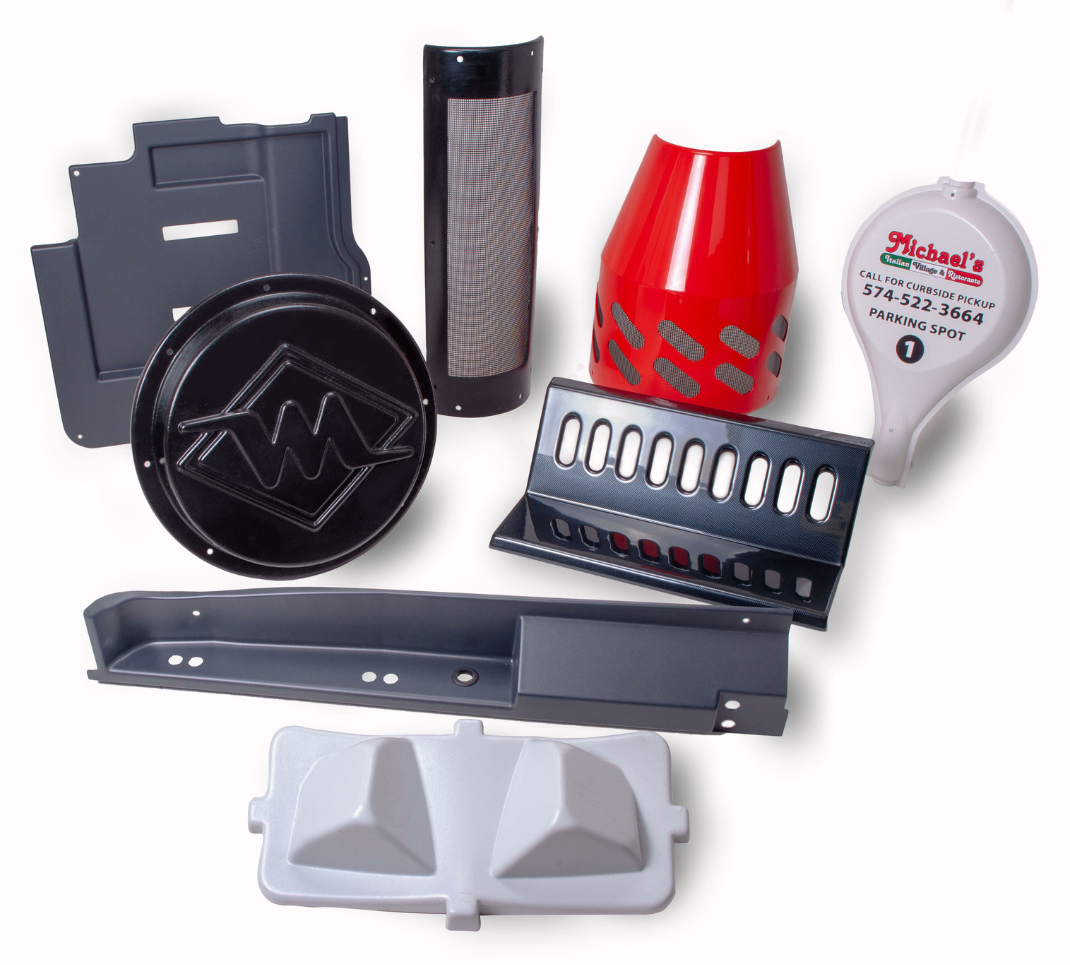Manufacturing teams face thermoform tooling decisions that can make or break their production schedules. Whether you're dealing with quality issues, frustrated by long lead times, or looking to shorten your supply chain, moving tooling from one supplier to another requires careful planning.
The transition doesn't have to be overwhelming. The right approach transforms a potentially risky move into a competitive advantage.
Why Companies Move Their Tooling
Manufacturing teams contact us for several reasons. Quality problems with existing suppliers create headaches that ripple through entire production schedules. Lead times that stretch for months delay product launches and frustrate customers. Rising costs squeeze already tight margins.
Beyond these immediate concerns, many companies are rethinking their supply chain strategy. Reshoring production reduces dependency on overseas suppliers and shortens delivery times. Others discover that switching from metal stamping to thermoforming offers better design flexibility and lower tooling costs.
Pre-Transition Assessment Checklist
Before initiating any tooling move, conduct a thorough assessment of your current situation and future needs.
Current Tooling Evaluation
Document your existing tooling condition, including maintenance history, part quality trends, and production capacity. Gather all original tooling specifications, CAD files, and engineering drawings. Review your current supplier's performance over the past 12 months, focusing on delivery performance, quality metrics, and responsiveness to issues.
Production Requirements Analysis
Calculate your actual annual volume requirements versus current capacity utilization. Identify seasonal demand patterns that might affect production scheduling. Determine if your part design needs modifications or improvements during the transition.
Supply Chain Strategy Review
Evaluate whether your current supplier location aligns with your supply chain goals. Consider transportation costs, lead times, and inventory carrying costs. Assess the risk of single-source dependency and whether diversifying suppliers makes sense.
Financial Impact Assessment
Compare the total cost of ownership between current and potential new suppliers, including tooling costs, piece prices, transportation, and inventory holding costs—factor in the cost of transition activities and potential production disruptions.

The PCI Transition Process
Our transition process minimizes risk while maximizing the benefits of switching suppliers.
Initial Consultation and Planning
We begin by understanding your specific challenges and objectives. Our engineering team reviews your current tooling documentation and part specifications. Together, we develop a transition timeline that aligns with your production requirements and minimizes disruption.
This planning phase identifies potential improvements to your current part design. Many customers discover opportunities to reduce weight, improve functionality, or enhance aesthetics during the transition process.
Tooling Assessment and Recommendations
Our tooling experts evaluate whether your existing molds can be modified and reused or if new tooling would provide better long-term value. For customers switching from metal stamping to thermoforming, we design entirely new tooling optimized for the thermoforming process.
We provide detailed cost comparisons between refurbishing existing tooling versus creating new molds. This analysis includes projected tool life, maintenance requirements, and expected part quality.
Prototype Development and Validation
Before committing to full production, we create prototype parts using temporary tooling. This approach allows you to validate fit, form, and function without significant investment. Prototype parts undergo the same testing protocols as your current production parts.
The prototype phase often reveals improvements that weren't apparent during the design review. Customers frequently discover better surface finishes, improved dimensional stability, or enhanced durability compared to their previous supplier.
Production Transition Planning
We coordinate the transition timing with your production schedule to minimize inventory disruptions. Our team works with your purchasing and operations staff to ensure smooth changeover timing. We maintain buffer inventory during the transition period to prevent stockouts.
Risk Mitigation Strategies
Tooling transitions carry inherent risks that proper planning can minimize or eliminate.
Quality Assurance Protocols
We implement comprehensive inspection procedures for both incoming tooling and first production parts. Every part produced during the initial production runs undergoes dimensional inspection and functional testing. We maintain detailed documentation of any modifications made during the transition process.
Our quality management system ensures traceability throughout the transition period. This documentation provides confidence that your parts meet all original specifications and performance requirements.
Timeline Management
Realistic scheduling prevents the rushed decisions that often cause transition problems. We build contingency time into every phase of the transition process. Regular progress updates keep all stakeholders informed of timing and any potential issues.
Emergency protocols address unexpected delays or complications. Our team maintains open communication channels to resolve issues quickly when they arise.
Cost Control Measures
Detailed cost estimates prevent budget surprises during the transition process. We provide fixed-price quotations for tooling work and clearly define any potential additional costs upfront. Regular cost reporting keeps the project within budget parameters.
Value engineering opportunities often emerge during the transition process. Many customers achieve cost reductions through material optimization or design improvements while maintaining all functional requirements.
Post-Transition Optimization
The benefits of switching suppliers often extend beyond solving immediate problems.
Performance Monitoring
We track key performance indicators including delivery performance, quality metrics, and customer satisfaction scores. Monthly reviews identify opportunities for continuous improvement. This data provides objective validation of the transition decision's success.
Ongoing Relationship Development
Regular business reviews ensure our capabilities continue matching your evolving needs. We proactively communicate about industry trends, new materials, and process improvements that might benefit your products.
Our engineering team remains available for design modifications, capacity expansions, or new product development projects. This ongoing partnership approach maximizes the long-term value of the supplier relationship.
Making the Decision
Moving tooling from one supplier to another requires careful consideration of multiple factors. The decision becomes clearer when you focus on your specific business objectives rather than just solving immediate problems.
Consider the total impact on your business, including quality improvements, cost reductions, lead time reductions, and supply chain optimization. Evaluate the supplier's ability to support your long-term growth plans and strategic objectives.
The most successful transitions occur when customers view the move as an opportunity to improve their products and processes, not just change suppliers.
Ready to explore whether moving your tooling to PCI makes sense for your business? Our engineering team can provide a confidential assessment of your current situation and discuss potential improvements to your parts and processes.
Contact us today to schedule a consultation about your tooling transition options.



